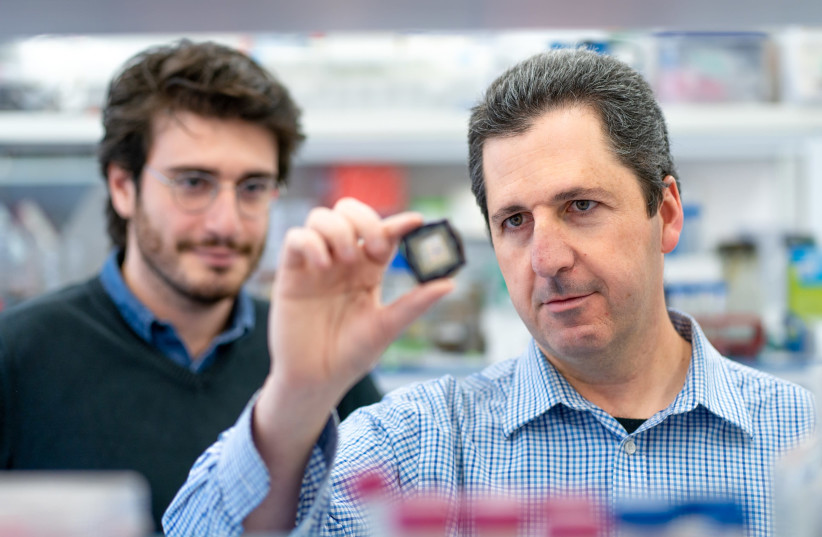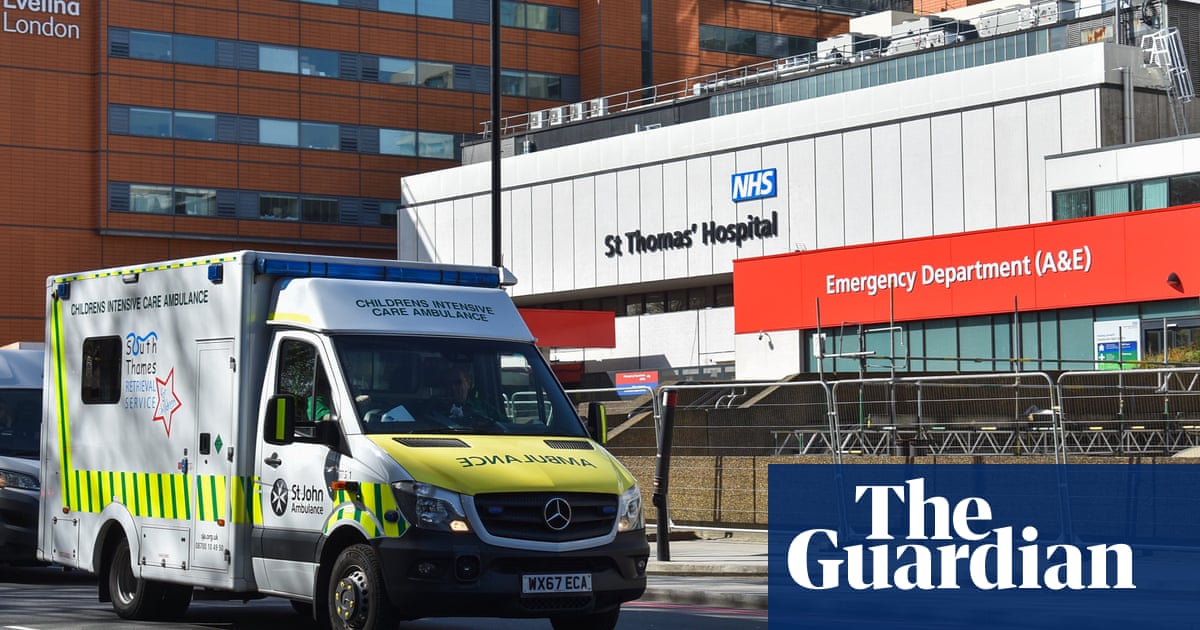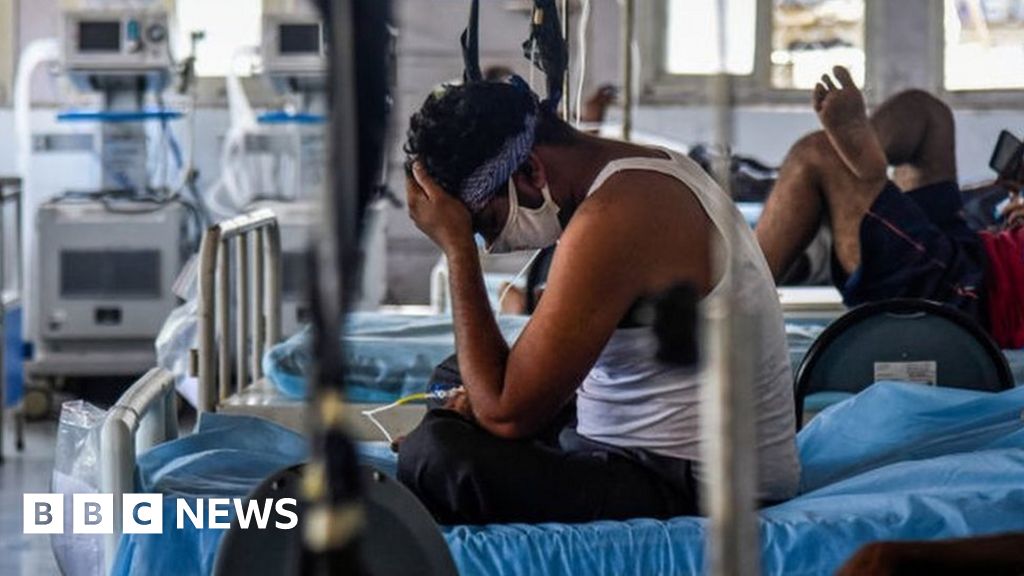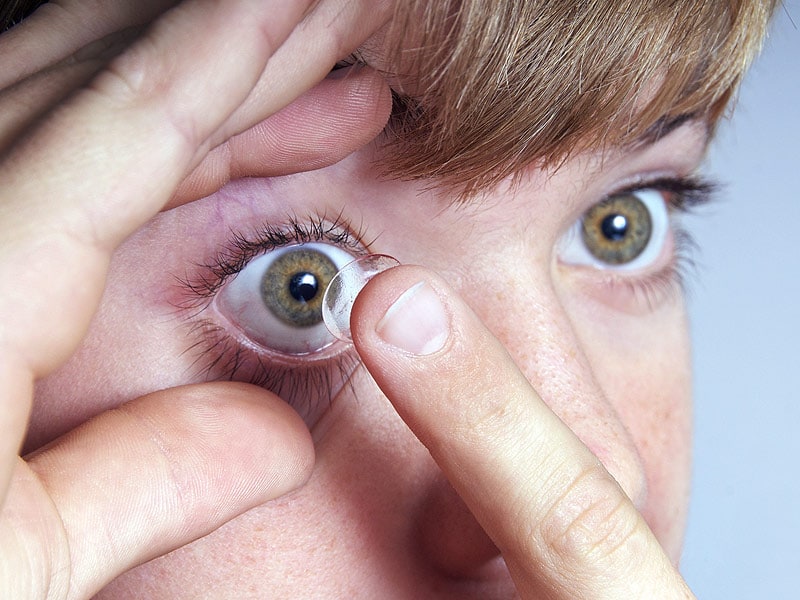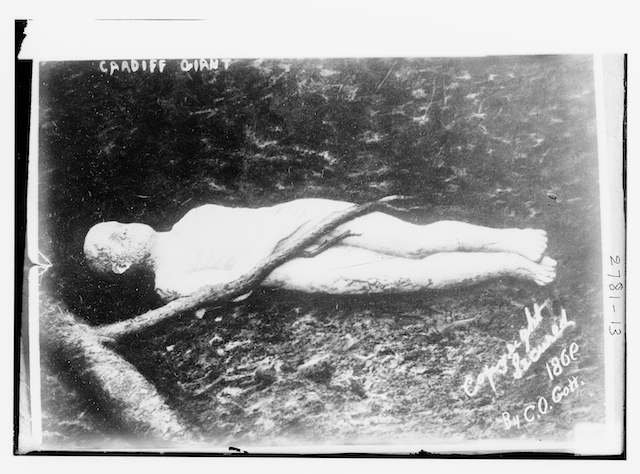Erroneous Assessment of The Effect of Hospital Treatment – The Misleading Creation of 17000 Deaths and its Consequences for Good Medical Practice
Xavier Azalbert1, Véronique Baudoux2, Alexis Lacout3, Valère Lounnas4, Martin Zizi5, Corinne Reverbel6, Gérard Maudrux7, Jean-François Lesgards8, Christian Perronne9
7Former president of the liberal profession’s health fund. Member of the Academy of Surgery, France 8Biochemistry, Aix-Marseille University,
Citation: Xavier Azalbert, Véronique Baudoux, Alexis Lacout, Valère Lounnas, Martin Zizi, Corinne Reverbel, Gérard Maudrux, Jean-François Lesgards, Christian Perronne. Erroneous Assessment of The Effect of Hospital Treatment – The Misleading Creation of 17000 Deaths and its Consequences for Good Medical Practice. Archives of Micr
Despite a peer review process prior to being published in Biomedicine & Pharmacotherapy, Pradelle et al, “Deaths induced by compassionate use of hydroxychloroquine (HCQ) during the first COVID-19 wave: an estimate” is cluttered with several scientific integrity issues, one of them being the lack of validation against real life data. Mathematical model-based research should be dealt with an even greater care by reviewers and call upon mathematicians for a review of the logic and appropriateness of the model used. This is illustrated here by the use of an odds ratio (OR) taken as the corner stone of a circular reasoning based on a simple mathematical extrapolation without cross validation against reality and without appraisal regarding the corpus of knowledge amply developed and published on the topic addressed. This resulted in a blind and oversimplistic mathematical treatment of an issue of the foremost importance.
A flawed model by design has yield results that can be viewed as a pure fabrication. The OR used is not an accurate representation of the true OR associated with the treatment involved. It was based on the result of a meta-analysis that included only RCT trials with OR exceeding 1. with the two trials with an over-dominating weight having used excessively high doses of HCQ: the Recovery and Who Solidarity trials with weight of 73.7 % and 15.2%, respectively. Recovery was conducted on frail patients hospitalized at a very late disease stage and having received sub-lethal doses of HCQ, very close to the lethal dose, dramatically higher than the safe dosage established by the pharmacokinetics properties of HCQ.
